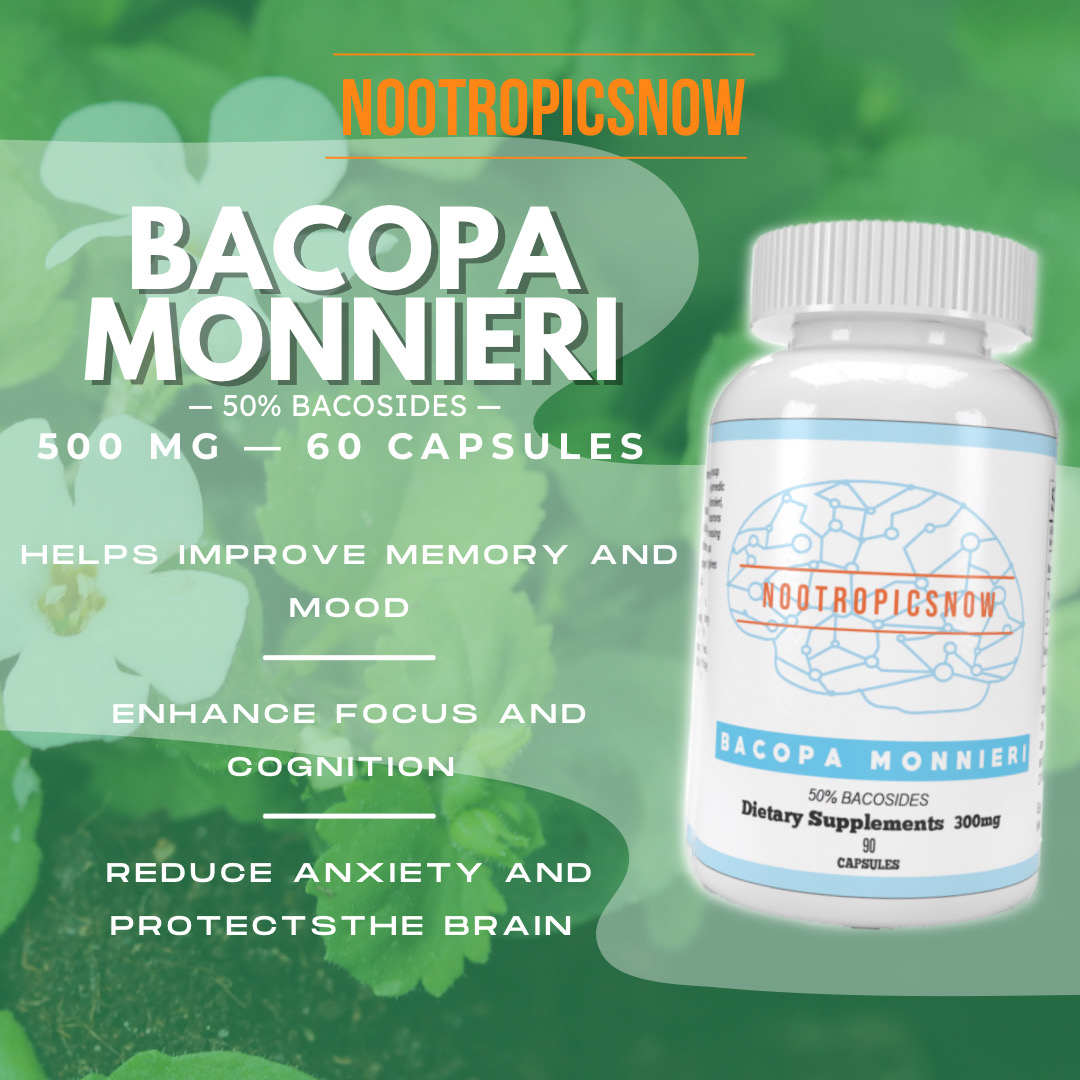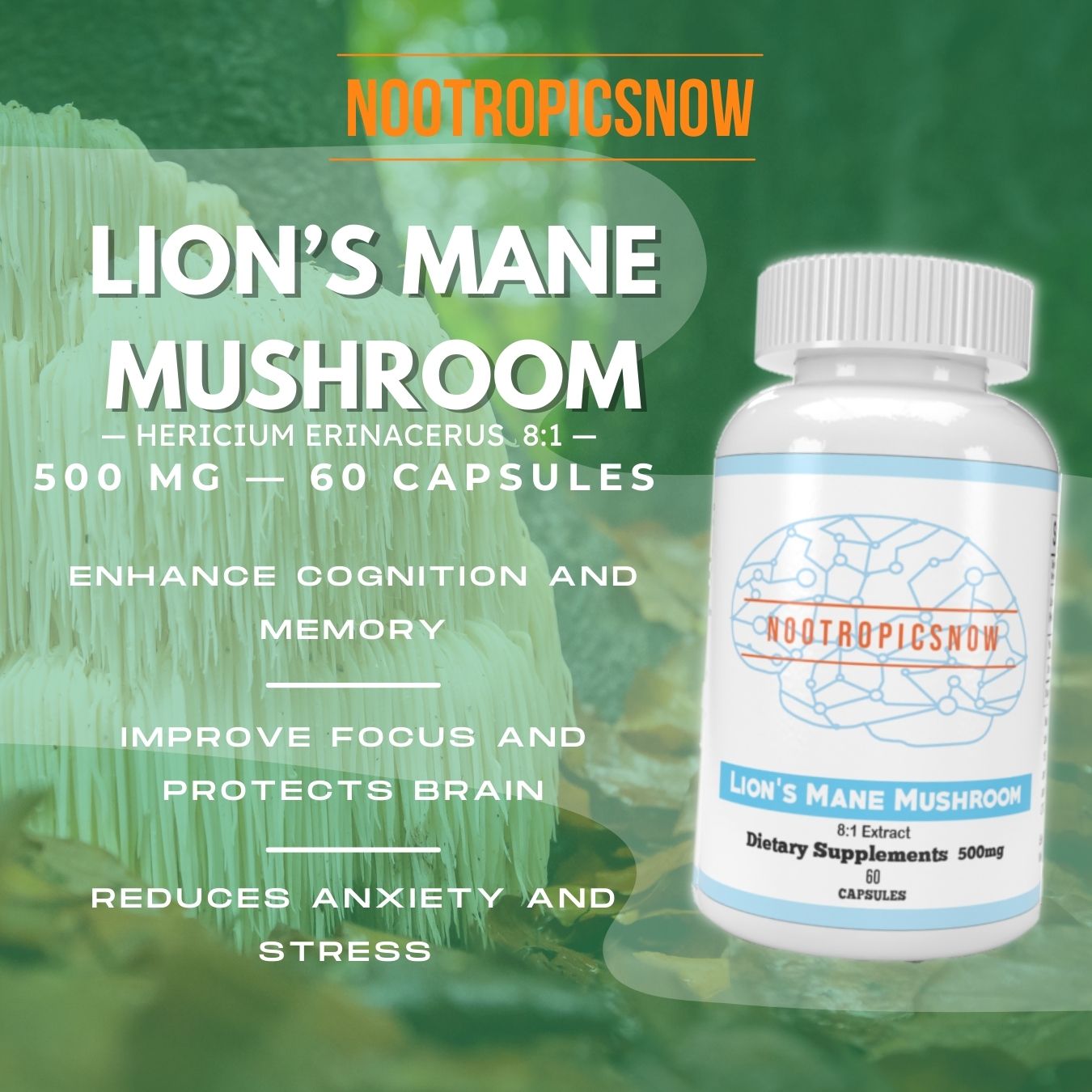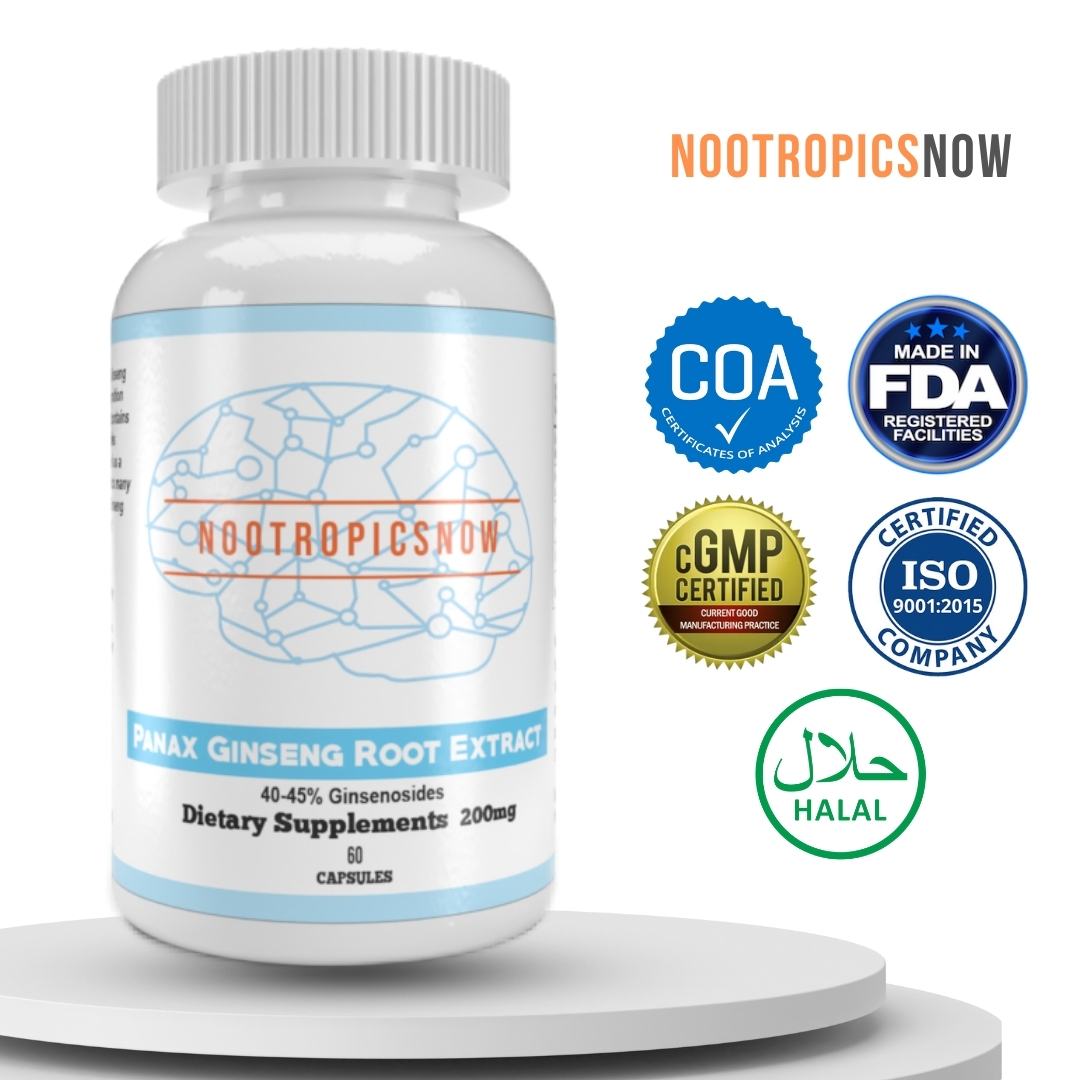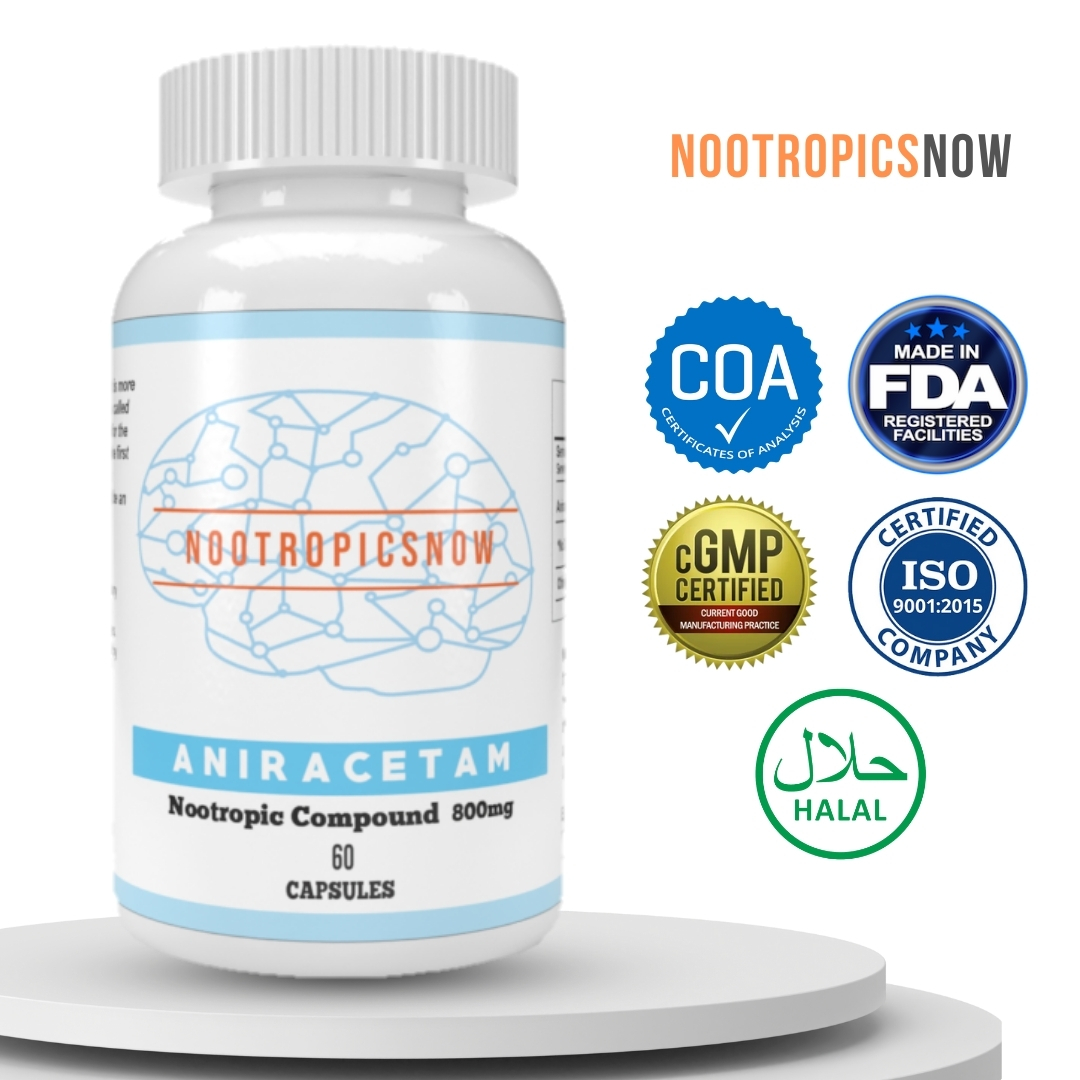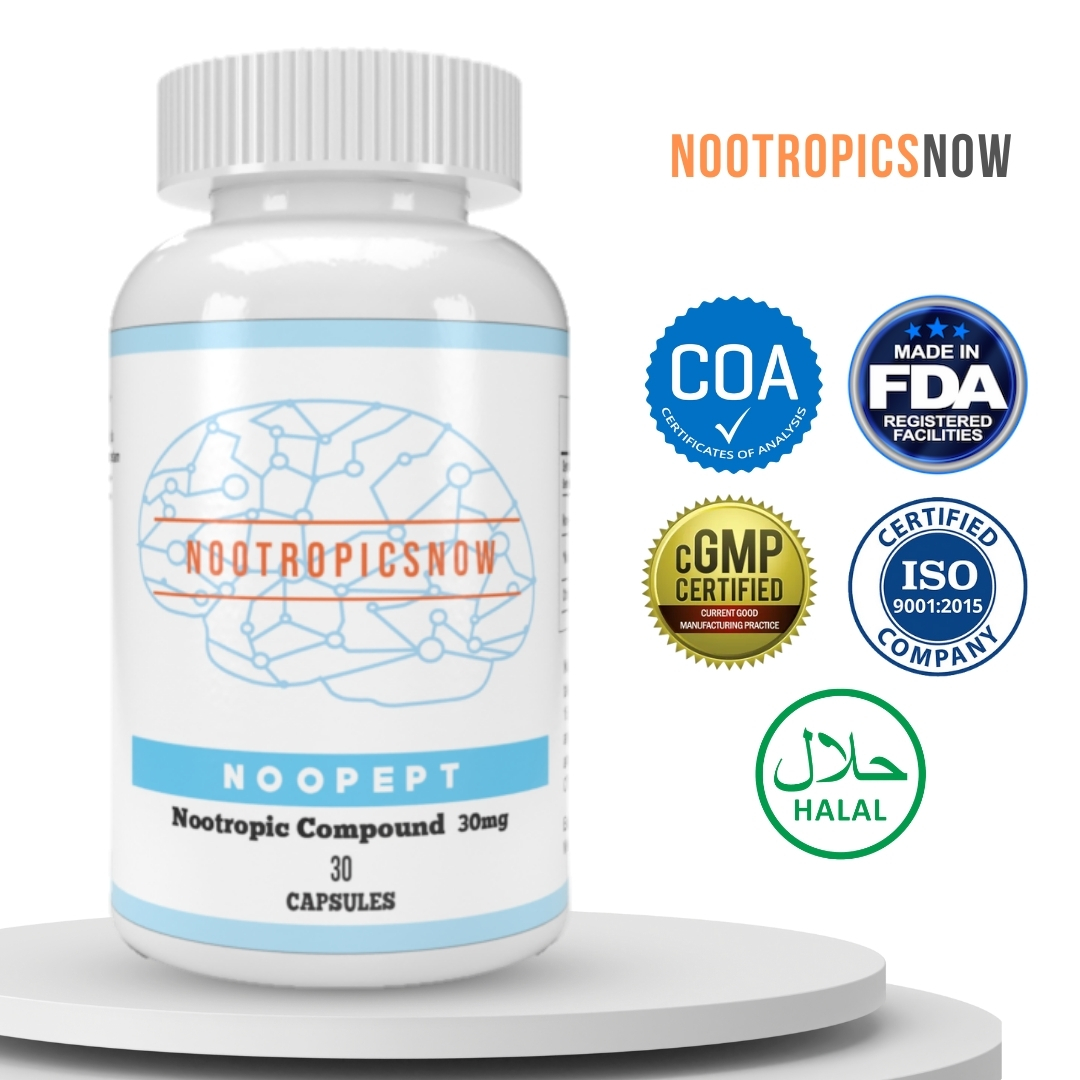Tianeptine: Is It a Nootropic? Benefits & Risks

`markdown
Tianeptine as a Nootropic: Benefits, Risks, and Alternatives
Tianeptine has gained attention in certain circles as a potential nootropic. However, this perception is often detached from the substance’s complex pharmacology and potential for misuse. This section delves into the multifaceted nature of tianeptine, exploring its mechanisms of action, purported benefits, significant risks, legal status, and safer, evidence-backed alternatives.
Understanding Tianeptine: Beyond a Simple Nootropic
Tianeptine, also known under brand names like Stablon (though this is region-specific), is an atypical tricyclic antidepressant. It differs from traditional SSRIs and SNRIs in its mechanism, leading to its classification as a selective serotonin reuptake enhancer (SSRE). While approved for the treatment of depression in some European, Asian, and Latin American countries, tianeptine is not approved for use in the United States, Canada, or the United Kingdom. This lack of approval stems from concerns about its potential for misuse, dependence, and the availability of safer and more effective antidepressant options.
Tianeptine’s Diverse Mechanisms of Action
Understanding tianeptine requires acknowledging its complex pharmacology, which extends far beyond simple serotonin modulation. It impacts various neurotransmitter systems in the brain, contributing to both its therapeutic and addictive potential.
This multifaceted mechanism explains why tianeptine is often misused for its opioid-like effects, particularly in individuals seeking self-treatment for anxiety, depression, or opioid withdrawal.
Purported Nootropic Benefits: Separating Fact from Fiction
The claims surrounding tianeptine as a nootropic often focus on its potential to enhance mood, focus, and cognitive function. However, it’s crucial to evaluate these claims critically, considering the available evidence and the potential risks involved.
Reported Cognitive and Emotional Effects
Caveats and Limitations
It’s vital to acknowledge the limitations and potential downsides associated with these purported benefits:
The Dark Side: Risks, Side Effects, and Dependence
The risks associated with tianeptine far outweigh any potential benefits, particularly when used outside of a prescribed and monitored medical setting. These risks include:
Adverse Effects
Dependence and Withdrawal
Tianeptine’s opioid receptor activity makes it highly addictive. Dependence can develop rapidly, even at therapeutic doses. Withdrawal symptoms can be severe and debilitating, resembling those of opioid withdrawal.
Overdose and Toxicity
Tianeptine overdose can be life-threatening. Symptoms of overdose include:
Emergency medical treatment is essential in cases of tianeptine overdose.
Interactions with Other Substances
Tianeptine can interact with other substances, including:
Legal Status and Regulatory Landscape
The legal status of tianeptine varies depending on the country and region.
The Importance of Regulatory Scrutiny
The lack of regulatory oversight in some regions allows tianeptine to be easily accessible, contributing to its misuse and the associated health risks. This highlights the need for stricter regulations and increased public awareness about the dangers of tianeptine.
Safer and More Effective Nootropic Alternatives
Given the significant risks associated with tianeptine, it’s crucial to explore safer and more effective nootropic alternatives. These alternatives offer cognitive benefits with a lower risk of side effects, dependence, and other adverse outcomes.
Natural Nootropics
View Product-(60-capsules-30-servings)-Nootropic-Brain-Booster-i.202321183.4251327469)
View Product
Synthetic Nootropics (Racetams)
While racetams are synthetic, some have a relatively established safety profile compared to tianeptine, though careful research and consideration are still paramount.
Important Note: Even with racetams, it’s essential to start with low doses and monitor your response carefully. Racetams are not without potential side effects, such as headaches, nausea, and anxiety. Consulting with a healthcare professional before using racetams is recommended.
Lifestyle and Behavioral Interventions
It’s crucial to remember that cognitive enhancement isn’t solely about taking substances. Lifestyle and behavioral interventions can significantly improve cognitive function and overall well-being.
Conclusion: Exercise Caution and Seek Professional Guidance
While tianeptine may seem appealing as a nootropic due to its purported benefits, its significant risks, potential for misuse, and legal complexities outweigh any possible cognitive advantages. Safer and more effective alternatives exist, including natural nootropics, racetams (used with caution), and lifestyle interventions.
If you are considering using nootropics to enhance cognitive function, it is crucial to:
By taking a responsible and informed approach, you can explore the potential of nootropics while minimizing the risks and maximizing the benefits for your cognitive health. Remember that cognitive enhancement is a journey, not a quick fix, and that long-term well-being is the ultimate goal.
If you are struggling with anxiety, depression, or substance use, please seek professional help. Mental health resources are available to support you on your journey to recovery.
`
`markdown
Tianeptine: Understanding the Controversial Nootropic
Tianeptine, a compound initially developed as an antidepressant, has garnered attention in nootropic communities for its purported cognitive-enhancing properties. However, its complex pharmacology, potential for misuse, and varying legal status necessitate a comprehensive understanding before considering its use. It’s essential to approach tianeptine with caution, recognizing that its benefits are often overshadowed by its risks.
Tianeptine: An Atypical Antidepressant
Tianeptine is classified as an atypical tricyclic antidepressant. However, it stands apart from traditional tricyclics due to its unique mechanism of action. While it has been approved for treating major depressive disorder in certain European, Asian, and Latin American countries, it lacks approval in the United States, Canada, and the United Kingdom. This regulatory discrepancy highlights the ongoing debate surrounding its safety and efficacy.
Chemical Structure and Forms
Tianeptine exists in two main salt forms: tianeptine sodium and tianeptine sulfate. These forms differ in their absorption rates, half-lives, and overall effects.
The choice between these forms can significantly influence the user experience and the potential for dependence. Given its potential for misuse, this should always be a decision made with careful professional guidance.
Tianeptine’s Mechanism of Action: A Double-Edged Sword
Tianeptine’s mechanism of action is multifaceted and somewhat paradoxical, contributing to both its therapeutic potential and its risk of abuse. Unlike typical antidepressants that primarily increase serotonin levels, tianeptine enhances serotonin reuptake. This unique feature sets it apart from other antidepressants and contributes to its complex effects.
Modulation of Neurotransmitters
While it enhances serotonin reuptake, tianeptine also impacts other neurotransmitter systems. It has been shown to:
These effects on multiple neurotransmitter systems contribute to its antidepressant and anxiolytic properties. However, the increase in dopamine is also implicated in its addictive potential.
Opioid Receptor Agonism
Perhaps the most concerning aspect of tianeptine’s mechanism is its agonistic activity at mu and delta opioid receptors. This activity contributes to its euphoric effects and its ability to attenuate opioid withdrawal symptoms. It is this opioid receptor agonism that primarily drives its misuse and addiction.
Tianeptine as a Nootropic: Perceived Benefits and Real Risks
Despite its primary classification as an antidepressant, tianeptine has gained traction in nootropic circles. Users often report perceived cognitive benefits, including:
However, it is crucial to recognize that these perceived benefits are often intertwined with the risks of dependence and withdrawal.
Self-Medication and Misuse
Many individuals use tianeptine to self-treat conditions like anxiety, depression, and opioid withdrawal. This self-medication can quickly lead to misuse and dependence, especially given its easy availability online.
Risks Outweighing Benefits
The potential risks of tianeptine often outweigh its perceived nootropic benefits. These risks include:
The severity of these risks underscores the need for extreme caution when considering tianeptine as a nootropic.
Tianeptine Dosage: A Precarious Balance
Determining a safe and effective dosage of tianeptine is challenging due to its complex pharmacology and varying individual responses. The dosage range used in clinical settings for depression typically differs significantly from the dosages reported by users seeking nootropic effects. Self-experimentation can lead to dangerous situations.
Clinical Dosage Guidelines
In countries where tianeptine is approved for treating depression, the typical dosage is around 12.5 mg taken three times daily. This regimen provides a relatively consistent level of the drug in the system.
Dangers of High Doses
Individuals seeking nootropic benefits often take significantly higher doses than those prescribed for depression. They often mistakenly think more is better. High doses dramatically increase the risk of adverse effects, dependence, and withdrawal. The euphoric effects become more pronounced, reinforcing the addictive potential.
Tolerance and Escalation
With regular use, tolerance to tianeptine can develop quickly. Tolerance forces users to increase their dosage to achieve the same effects, further escalating the risk of dependence and overdose.
Tianeptine Withdrawal: A Harsh Reality
Tianeptine withdrawal can be an extremely unpleasant and potentially dangerous experience. The symptoms are often compared to those of opioid withdrawal, reflecting tianeptine’s activity at opioid receptors.
Common Withdrawal Symptoms
The most common tianeptine withdrawal symptoms include:
In severe cases, withdrawal can also lead to:
Managing Withdrawal
Tianeptine withdrawal should be managed under medical supervision. A gradual tapering of the dosage is often recommended to minimize the severity of symptoms.
Medications for Withdrawal
Several medications may be used to alleviate tianeptine withdrawal symptoms:
Legality and Regulation of Tianeptine
Tianeptine’s legal status varies significantly across different countries and even within different states in the United States. This inconsistency adds to the confusion surrounding its use and availability.
United States
In the United States, tianeptine is not approved by the FDA for any medical use. However, it is not federally controlled. This lack of federal regulation has allowed it to be sold as a dietary supplement or research chemical. Several states, including Michigan and Alabama, have classified tianeptine as a controlled substance due to its opioid-like effects and potential for abuse.
Other Countries
In countries where tianeptine is approved as an antidepressant, it is typically available only by prescription. However, even in these countries, it may be possible to purchase it online from unregulated sources.
Risks of Unregulated Sources
Purchasing tianeptine from unregulated sources carries significant risks:
Alternatives to Tianeptine for Cognitive Enhancement
Given the risks associated with tianeptine, individuals seeking cognitive enhancement should explore safer and more sustainable alternatives. Several nootropic substances offer cognitive benefits with a lower risk profile.
Natural Nootropics
Synthetic Nootropics
Lifestyle Factors
In addition to nootropic substances, lifestyle factors play a crucial role in cognitive enhancement:
Seeking Help for Tianeptine Dependence
If you are struggling with tianeptine dependence, it is essential to seek professional help. A healthcare provider can assess your situation and recommend the most appropriate treatment plan.
Treatment Options
Treatment options for tianeptine dependence may include:
Conclusion: Tianeptine – Proceed with Extreme Caution
Tianeptine is a complex substance with both therapeutic potential and significant risks. Its use as a nootropic is particularly concerning due to the potential for misuse, dependence, and severe withdrawal. Individuals considering tianeptine should carefully weigh the potential benefits against the risks and consult with a healthcare professional before use. Safer and more sustainable alternatives are available for those seeking cognitive enhancement. Prioritize your health and well-being by making informed decisions and seeking professional guidance when needed.
`


